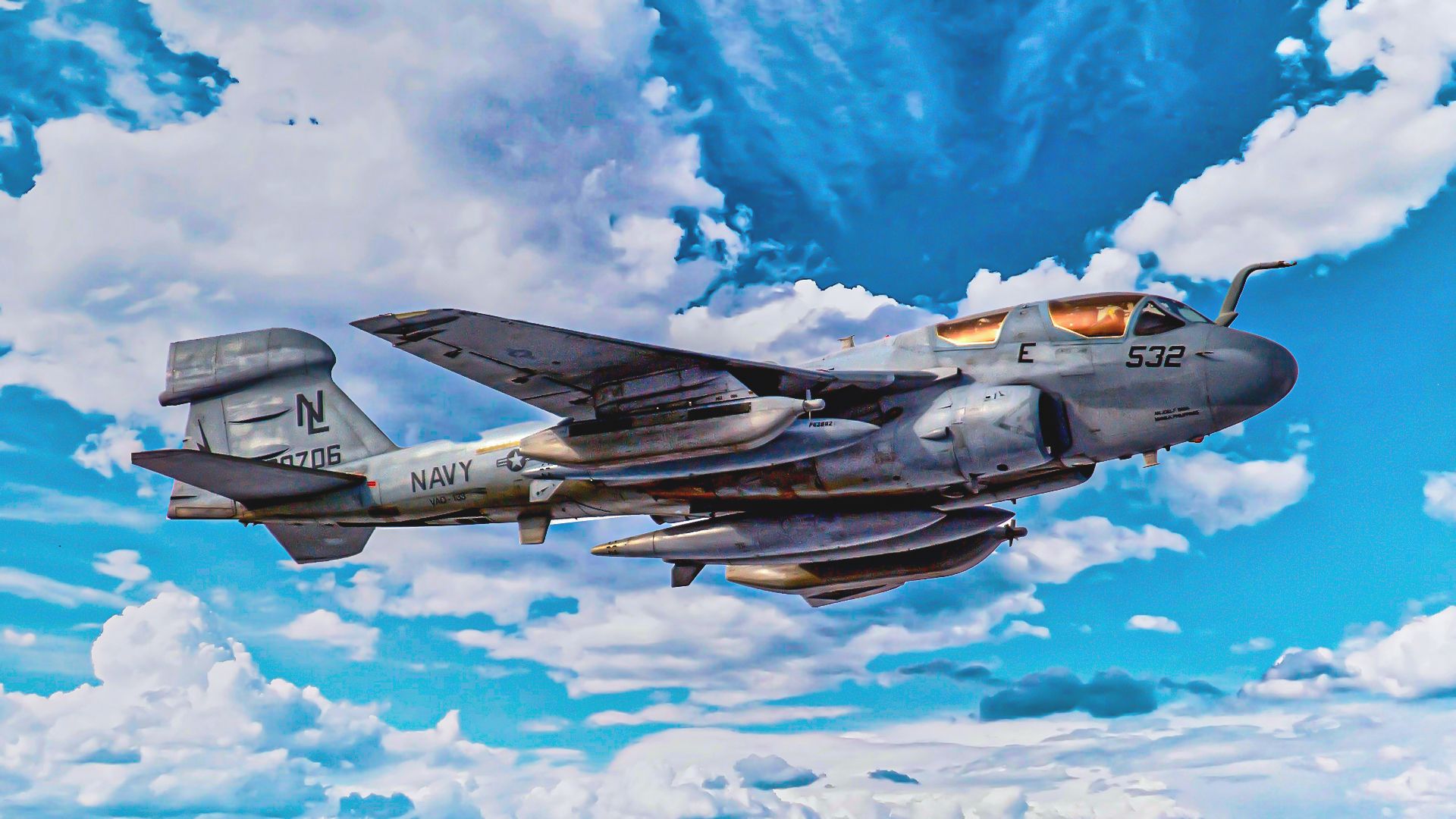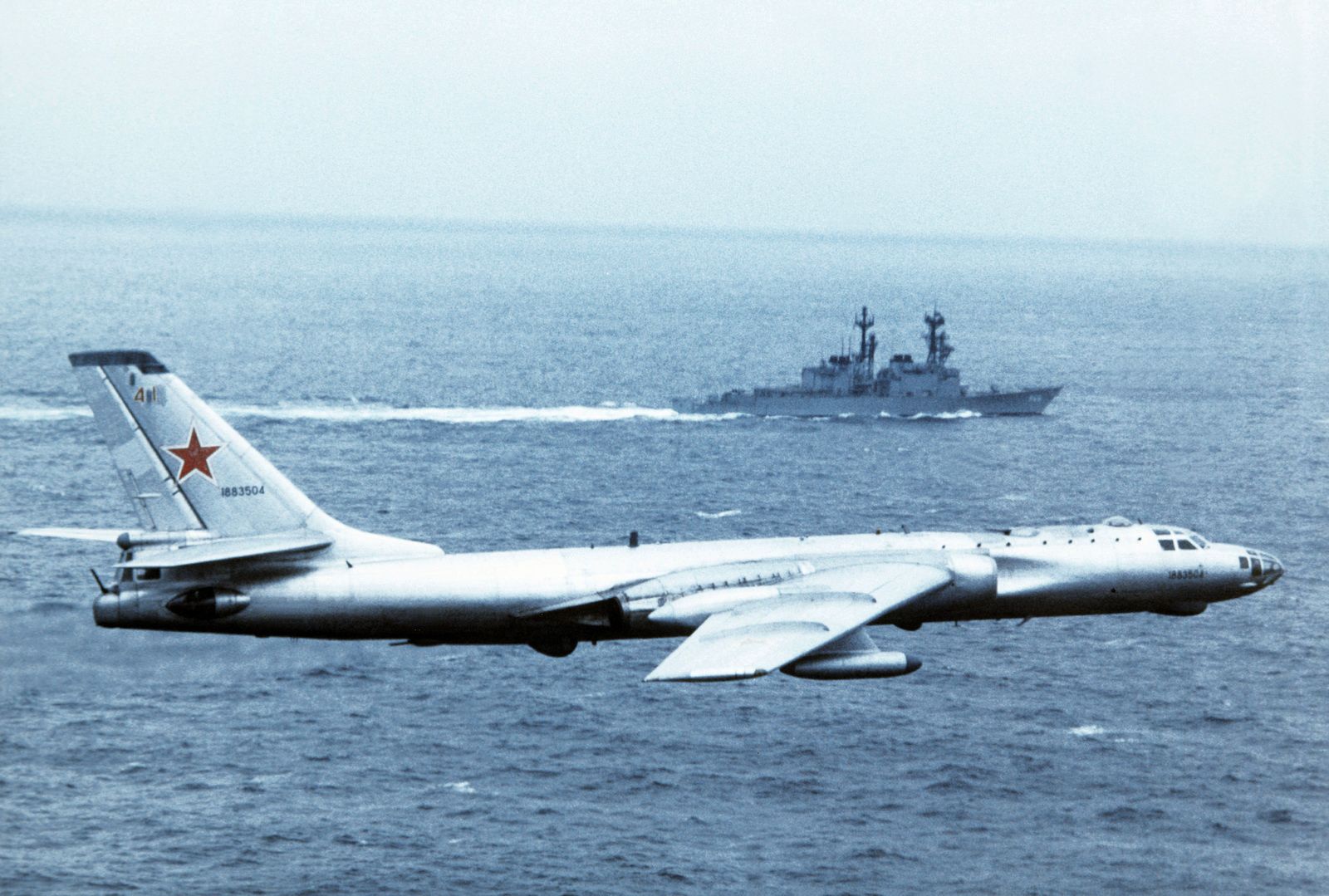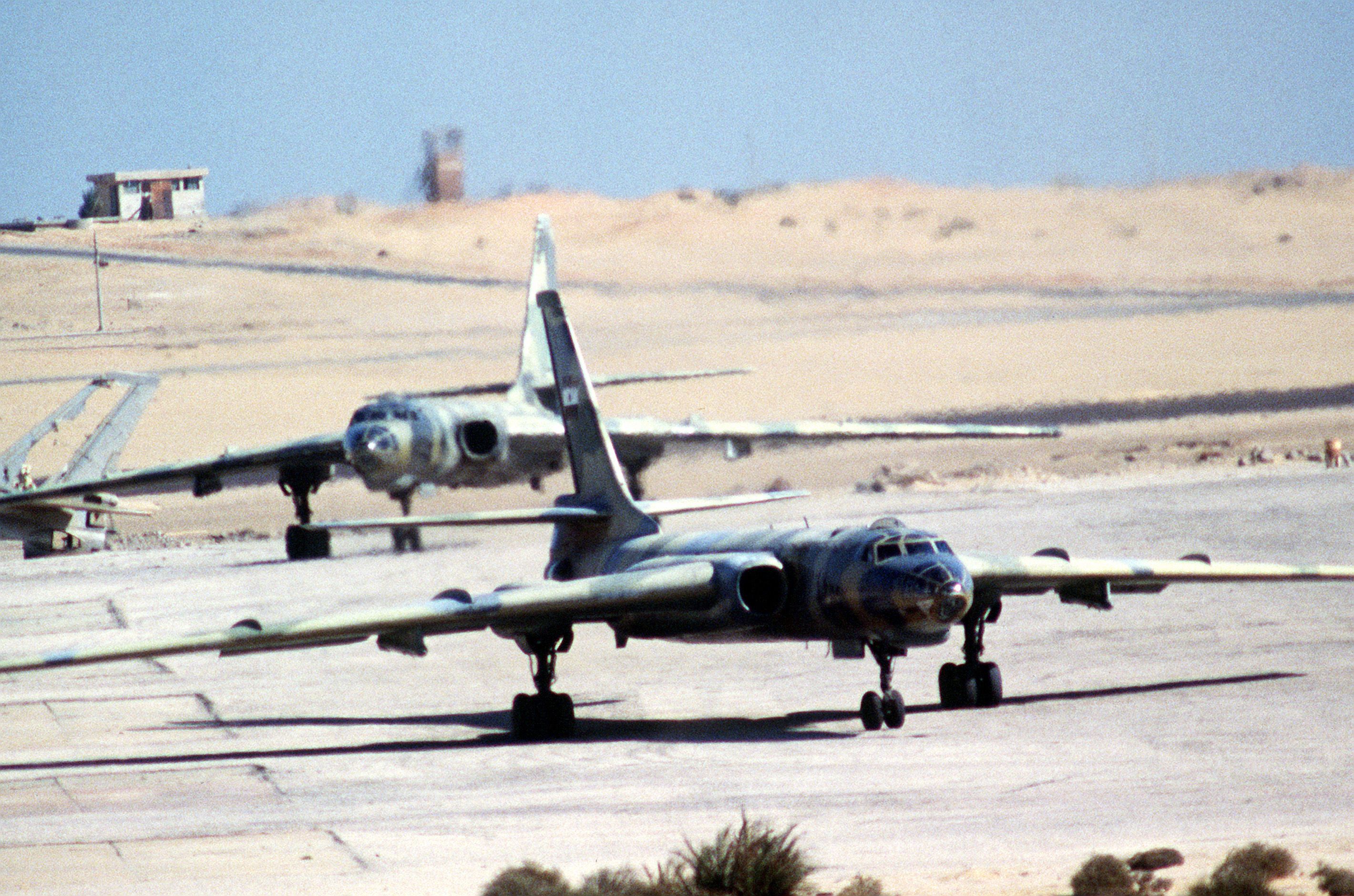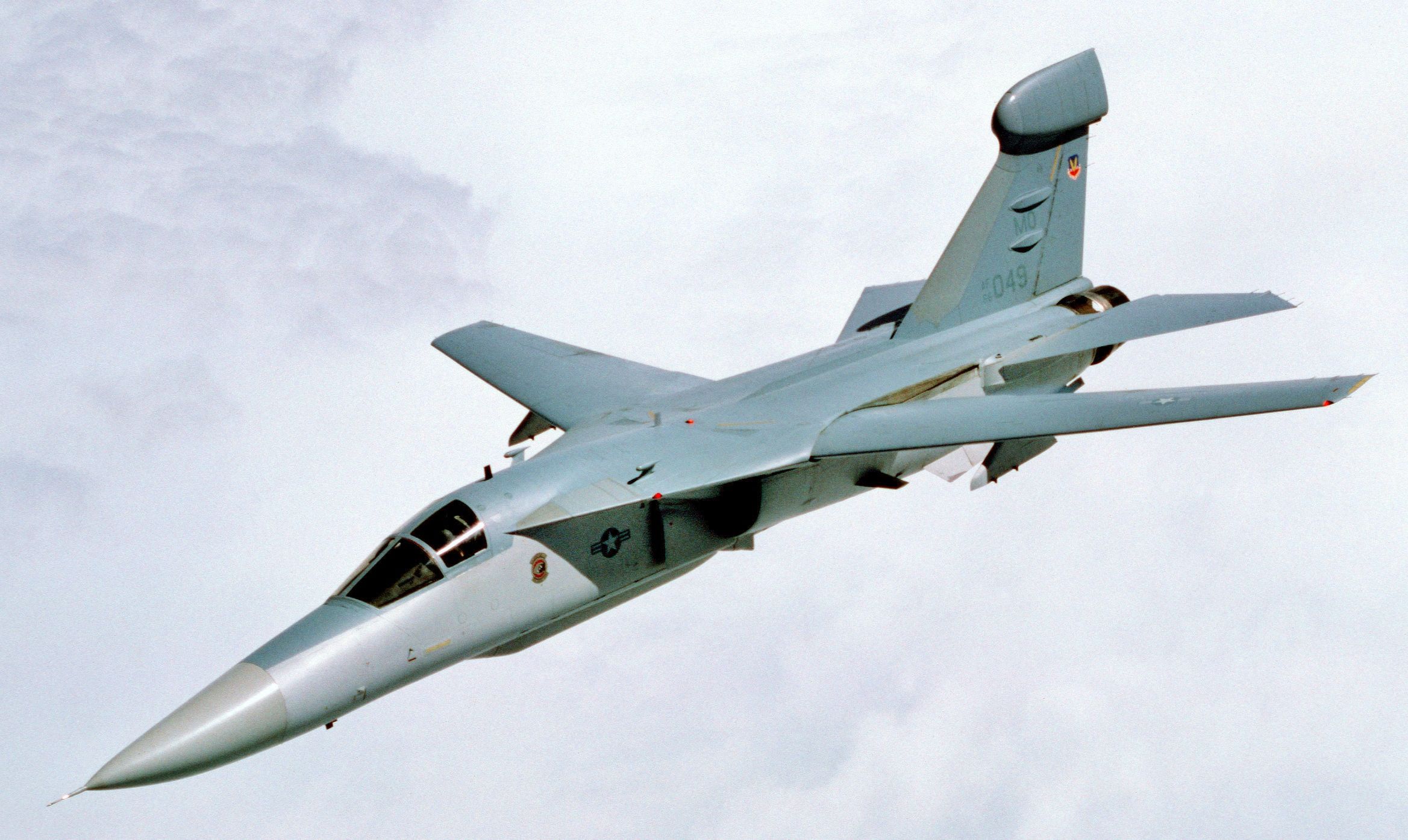Summary
- The Tupolev Tu-16’s ELINT variant was crucial for Soviet intelligence, with powerful engines and extensive surveillance capability.
- The Grumman EA-6B Prowler jammed enemy radar, aiding troops in various conflicts, with nearly five decades of service.
- The Boeing E-3 Sentry served as a pivotal USAF AWACS system, with distinct radar, soon to be replaced by the E-7 Wedgetail.
The Cold War era saw rapid advancements in electronic warfare capabilities, leading to the development of specialized aircraft designed to dominate the electromagnetic spectrum. These aircraft played pivotal roles in gathering intelligence, jamming enemy communications, and enhancing battlefield awareness.
Here, we explore the top five electronic warfare aircraft of the Cold War, arranged from oldest to newest.
1
Tupolev Tu-16 (ELINT)
First flight: 1952
The Tupolev Tu-16 was a Soviet strategic heavy bomber incepted during the Cold War. According to Military Factory, the aircraft featured the most powerful turbojet engines available to Soviet engineers at the time.
The bomber was adapted into several variants, including an ELectronic INTelligence (ELINT) model, designed to gather vital electronic signals from adversaries. This jet provided the Soviet Union with crucial intelligence.
Key specifications:
- Maximum speed: 565 knots (650 mph / 1,050 km/h)
- Range: 3,900 nautical miles (4,500 miles / 200 kilometers)
- Maximum Take-Off Weight (MTOW) : 174,165 pounds (79,000 kilograms)
The Tu-16 ELINT variant served as a cornerstone in the Soviet electronic warfare arsenal, enabling extensive surveillance and intelligence-gathering missions across various theaters of operation.
The Tu-16 is also said to have been the first Soviet bomber to feature swept-back wings for high-speed flight. Its powerful turbojet engines, aerodynamic design, and ELINT capabilities resulted in the Tu-16 being used by Soviet-aligned nations well into 1993. Today, the Russian Air Force operates the jet in limited service.
2
Grumman EA-6B Prowler
First flight: 1968
The Grumman (now Northrop Grumman) EA-6B Prowler was an electronic warfare aircraft designed to protect strike aircraft and ground troops by jamming enemy radar and communications.
According to Military.com, the Prowler was designed based on the Grumman A-6 Intruder ground attack aircraft. It was primarily used by the United States Navy and United States Marine Corps.
Key specifications:
- Maximum speed: 566 knots (651 mph / 1,048 km/h)
- Range: 2,100 nautical miles (2,400 miles / 3,900 kilometers)
- MTOW: 61,500 pounds (27,896 kilograms)
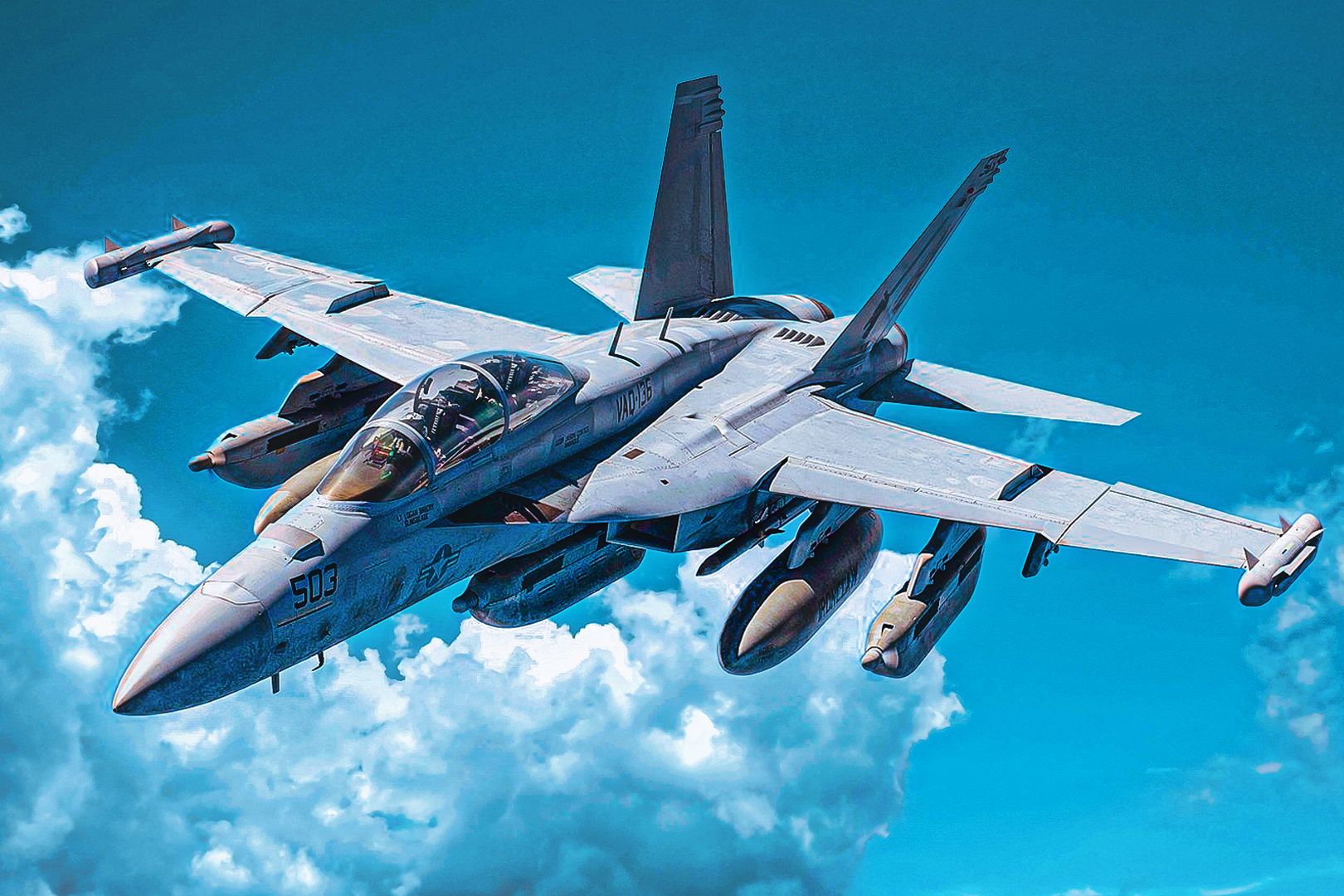
Related
5 Electronic Warfare Capabilities Of The US Navy’s EA-18G Growler
This F/A-18F Super Hornet variant is an electronic force to be reckoned with.
The EA-6B Prowler provided vital electronic warfare support during numerous conflicts, including the Cold War and Vietnam War, safeguarding allied forces and ensuring mission success. The Prowler was such an effective electronic warfare aircraft that it boasted a service life of nearly five decades, from 1971 to 2019, when it was retired by the US Marine Corps.
3
Boeing E-3 Sentry
First flight: 1976
The E-3 Sentry is an airborne warning and control system (AWACS) aircraft developed by the United States Air Force (USAF) to provide all-weather surveillance, command, control, and communications, per the USAF.
Easily identified by its distinct rotating radar dome (rotodome) above the fuselage, the Sentry is a modified Boeing 707 commercial airframe. In fact, it is the last of the 707’s derivatives.
Key specifications:
- Maximum speed: 461 knots (531 mph, 854 km/h)
- Range: 4,000 nautical miles (4,600 milies / 7,400 kilometers)
- MTOW: 347,000 pounds (157,397 kilograms)
Having been operational since 1977, the E-3 has served as a pivotal component of the USAF’s command and control infrastructure for close to fifty years, enabling superior situational awareness and operational coordination. Apart from the USAF, it is primarily used by NATO and the Royal Saudi Air Force.
Still, as all good things come to an end – to make room for something better – the E-3 Sentry will soon be replaced by the E-7 Wedgetail. The USAF announced in 2022 that it would be phasing out all its E-3s by 2027.
4
General Dynamics-Grumman EF-111A Raven
First flight: 1977
The General Dynamics-Grumman EF-111A Raven, also known as the “Spark-Vark,” was an electronic warfare version of the F-111 Aardvark (hence the nameplay). It was designed to suppress enemy air defenses and provide electronic countermeasures support.
According to the National Museum of the United States Air Force, in the early 1970s, Grumman began modifying 42 Aardvark fighter jets by adding jamming equipment, and that was how the EF-111A came to be.
Key specifications:
- Maximum speed: 1,270 knots (1,453 mph / 2,338 km/h)
- Range: 1,740 nautical miles (2,000 miles / 3,220 kilometers)
- MTOW: 87,478 pounds (40,370 kilograms)
The Raven first served with the 390th Electronic Combat Squadron based at Mountain Home Air Force Base, Idaho, before being based at Cannon Air Force Base, New Mexico.
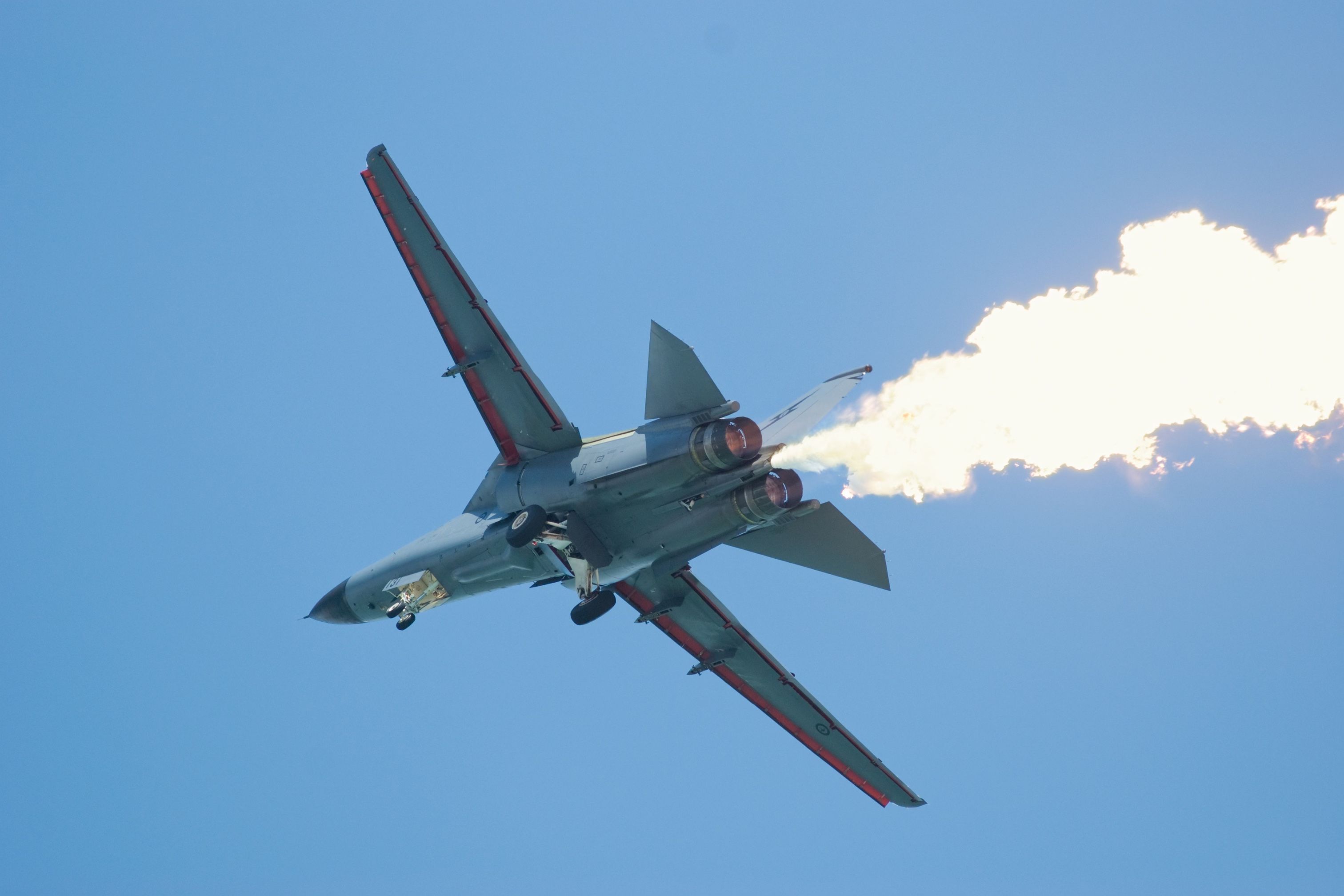
Related
All-Weather Attack Aircraft: A Look At The General Dynamics F-111 Aardvark
From bombing to aerial reconnaissance, this was a highly versatile military jet
Even though the EF-111A Raven provided comprehensive support to air operations and was a critical asset in the USAF’s electronic warfare capabilities, it did not have as long of a service life as the other aircraft on this list.
The Raven entered service in 1983 and was retired just 15 years later, in 1998. Nonetheless, the EF-111A stood out as one of the few Cold War electronic warfare jets capable of supersonic flight.
5
Lockheed EC-130H Compass Call
First flight: 1981
The Lockheed EC-130H Compass Call is the USAF’s electronic attack aircraft. It is based on a modified C-130 Hercules transport aircraft. The Compass Call was developed to disrupt enemy command and control communications, radar, and navigation systems.
Key specifications:
- Maximum speed: 260 knots (300 mph / 482 km/h)
- Range: 1,995 nautical miles (2,295 miles / 3,694 kilometers)
- MTOW: 155,000 pounds (69,750 kilograms)
According to Air and Space Forces, the EC-130H’s functions include tactical jamming and disruption of communications, radar and navigation, offensive counterinformation, and Suppression of Enemy Air Defenses (SEAD) – all of which are complex responsibilities.
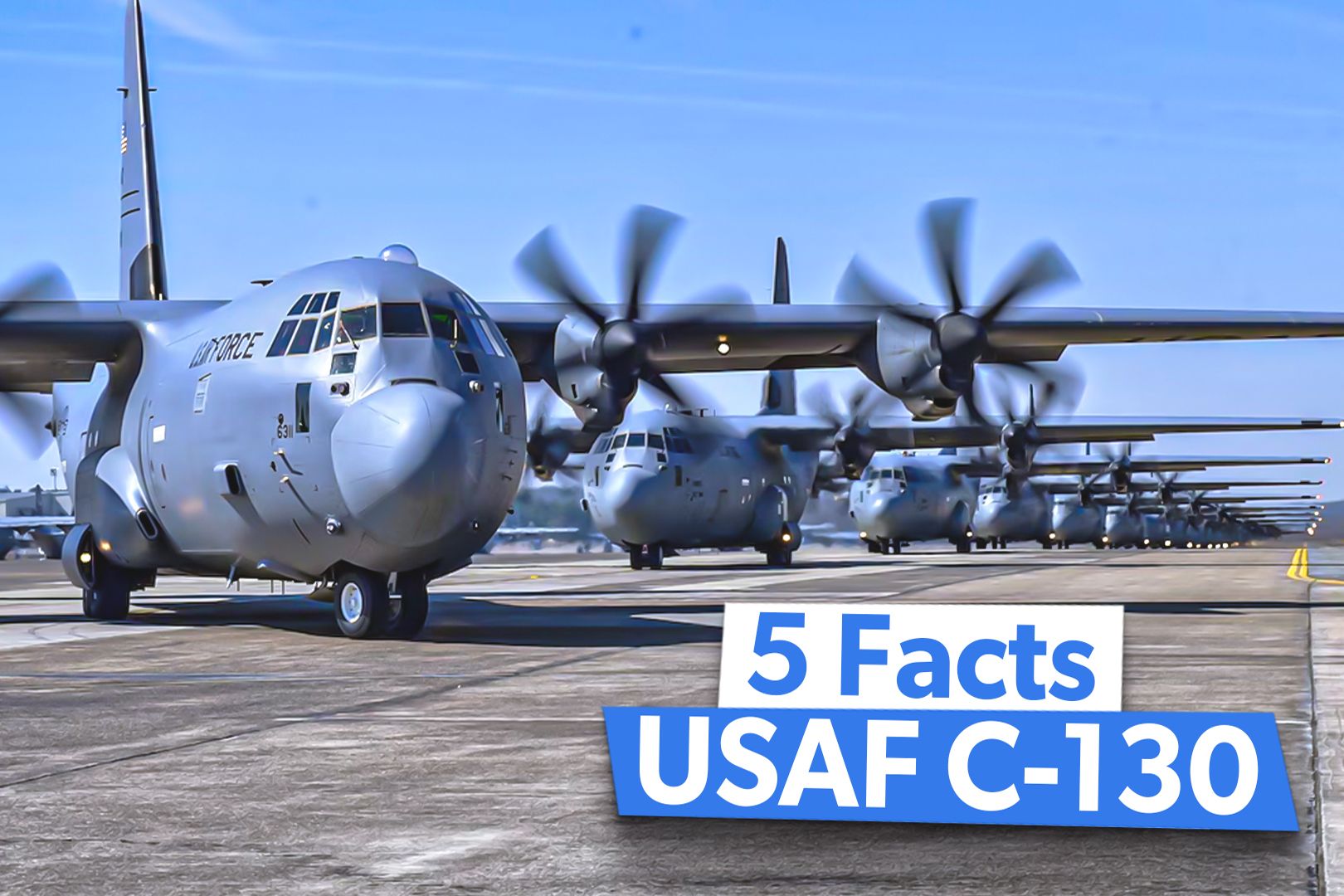
Related
5 Fast Facts On The 4 C-130 Hercules Variants Used By The US Air Force
The USAF operates various C-130 variants in a range of strategic missions.
As such, the aircraft can accommodate a crew of 13 people: four of whom are in charge of flight and navigation (aircraft commander, co-pilot, navigator and flight engineer), while nine operate mission equipment permanently integrated within the cargo compartment, per the USAF.
Despite having been introduced more than four decades ago, the Compass Call continues to play a critical role in various conflicts – thanks to its easily modified design – providing the US with a strategic advantage by neutralizing enemy communication networks.
